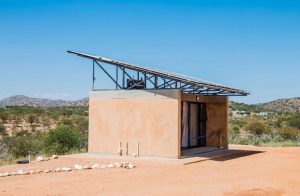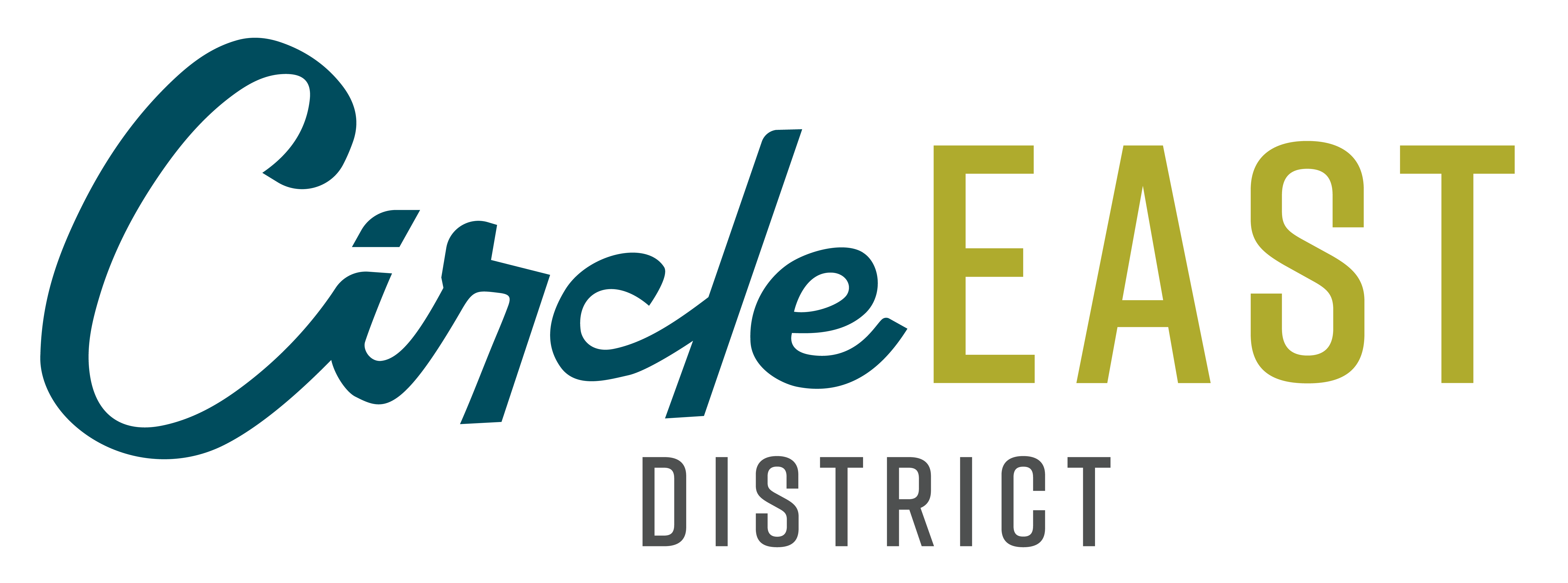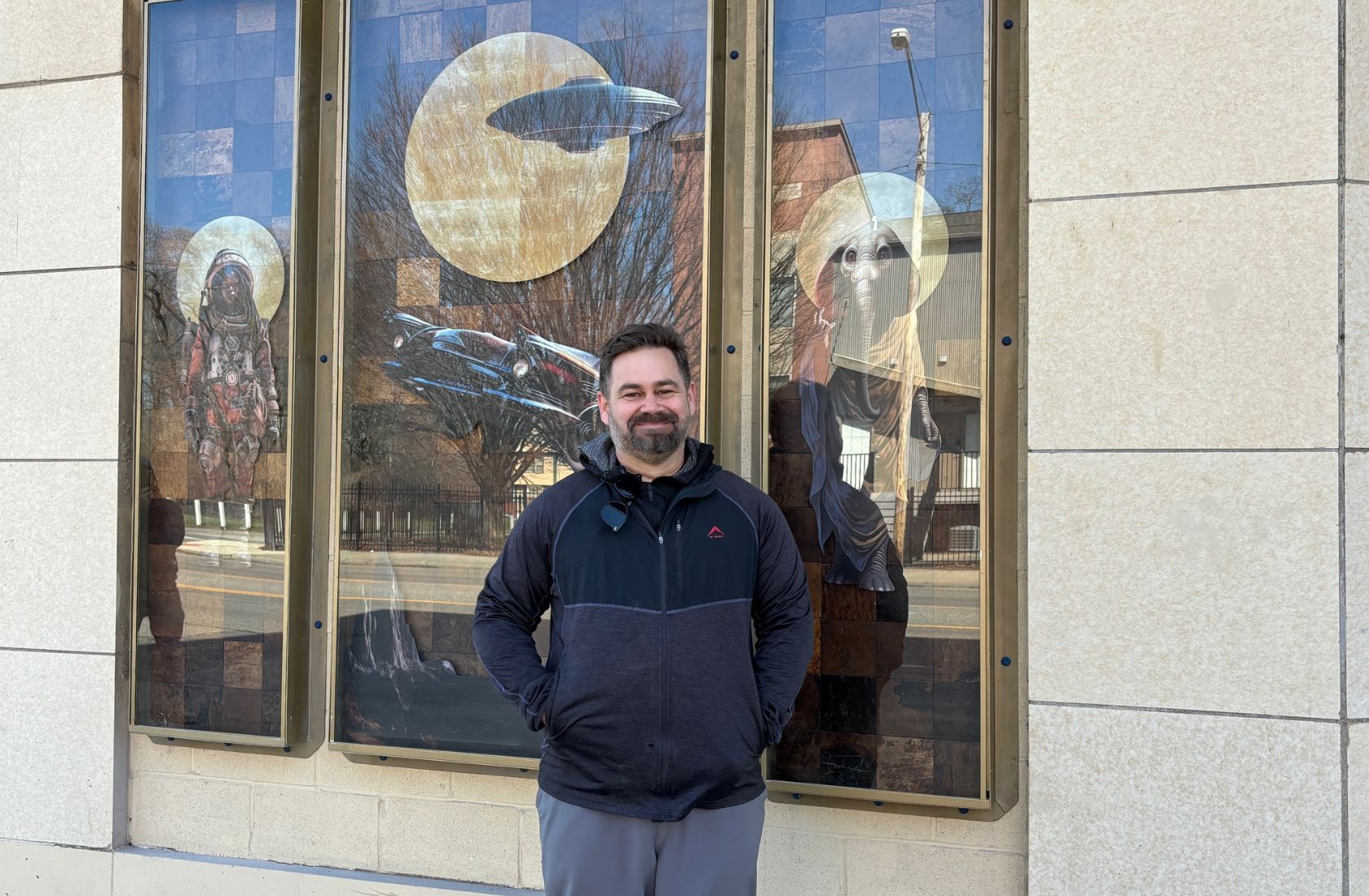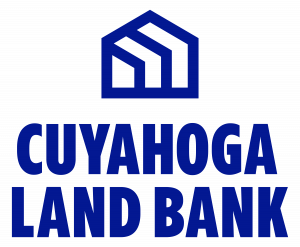Mushrooms are having a moment. Beyond their delicious culinary uses, fungi are taking center stage in sustainable construction, bio-remediation and even art – specifically in Circle East District, where sustainability is a top priority for the Cuyahoga Land Bank and builders alike.
Beginning in 2015, Cuyahoga Land Bank, and eventually with partner Seventh Hill, led a placemaking study to learn and understand the best way to engageresidents about the soon to come Circle East District development project. The study, formally named and published as ConnectEC, revealed that participants (nearly 150 people who live and/or work in East Cleveland) had four basic priorities:
- Promote community, cohesion, trust and safety
- Improve accessibility to increase connectivity and walkability
- Create signage and public art to create a distinct place
- Provide neighborhood amenities and greenspaces
The Cuyahoga Land Bank, Cuyahoga County Council, City of East Cleveland and all its team members are taking these recommendations and priorities seriously as it works to revitalize the Circle East District neighborhood. . Throughout the next year, we will highlight specific efforts dedicated to fulfilling these requests, regularly showcasing the beauty of this reimagined neighborhood, connecting with residents to share their stories and continue hosting lively events to illustrate the region’s spirit.
The story shared here is a collaboration with Cleveland native Chris Maurer, architect, innovator and founder of Ohio City-based redhouse studio architecture. Maurer has a long resume dedicated to creating, designing and building using low impact materials with lasting and high impact. At the recently renovated Mickey’s building – the epicenter of Circle East District, he recently installed “Flight of the Council of Interplanetary Cooperation,” a public art piece in which the base materials are bio-cycled — recycled and remediated mushrooms (fungal mycelium )!
Maurer and his team are doing exciting research and projects with mycelium (the vegetative part of a fungus), to develop and promote sustainable building technologies around the world, and even partnering with NASA to study applications for Mars. They are working locally to introduce this eco-friendly building material to construct homes, but they’ve also gone beyond 216 borders – most recently, in Namibia where they constructed bioHab, the world’s first structural mycelium building.

Redhouse Studio’s bioHab is the world’s first structural mycelium building.
“Buildings are typically destroyers of the environment,” said Maurer. “In our work, we leverage architecture and design for regenerative processes.”
Flight of the Council, prominently displayed on Mickey’s exterior, is a 96”x 96” mixed-media work that depicts the story of ancient flight training sessions that introduced humans to a green earth to be good stewards of it. Something went wrong along the way but the prophecies tell us there is still hope. It incorporates an image of a car as a reference to the Buick Dealership and other automotive uses that historically occupied the building.
The art was made of conventional and unconventional materials, including mycotiles which are made by a “biocycler” that converts organic construction and demolition waste into new materials using invisibly small microorganisms. These new bioterials are considered more aligned with nature as they use the growth of fungal mycelium to make materials that store organic carbon.

Flight of the Council of Interplanetary Cooperation
Clearly, the art and all it means embodies the Land Bank’s commitment to sustainability and encouraging the use of new building techniques and materials, specifically in the $122 million strategic redevelopment of the Circle East District. All the homes will be built with rooftop solar and EV chargers in the garages. The homes being built by the Land Bank will be all electric. The entire project is seeking certification by the National Green Building Standard.
“Focusing on sustainability in urban redevelopment projects like the Circle East District brings a multitude of benefits,” said Kamla Lewis, Senior Housing Development Project Manager at the Land Bank. “It protects the environment, strengthens the economy, improves public health, and ultimately makes it a more desirable place to live, work, and play.”
Ingenuity Cleveland, a non-profit arts organization that fosters creativity, community and innovation through joy and collaboration, has been running a series of monthly events called East CLE Alive! All held at Mickey’s, the events have ranged from a Day of the Dead brunch to roller skating discos. March’s event – Fun With Fungi – illustrated the magic of mushrooms and featured mushroom cooking and art demos, a DJ and more while getting people excited for Maurer’s sustainable art installation.
Stay tuned as we regularly reveal features custom-tailored for Circle East Next up, a modern greenspace that leverages the power of solar panels, includes fitness equipment and incorporates sandstone from historical East Cleveland buildings.
The Mighty Mushroom
Here’s a little science lesson to understand the power of the mighty mushroom in the fight for sustainable construction. The key lies in the mushroom’s remarkable mycelium, the root-like network of threads that fuels their growth. Mycelium can be grown into dense, lightweight structures with surprising strength and fire resistance. By manipulating growth conditions and combining it with waste materials like sawdust or agricultural byproducts, architects can create custom building blocks. Unlike traditional construction materials, buildings made with mycelium are completely biodegradable. At the end of their lifespan, they can simply decompose back into the earth, minimizing waste and environmental impact. Mushroom mycelium grows incredibly fast, significantly reducing construction times compared to traditional methods. Mycelium-based building technologies have the potential to revolutionize the construction industry. It’s a future where buildings can be grown from sustainable materials, minimizing environmental impact and creating a more circular economy in construction.



